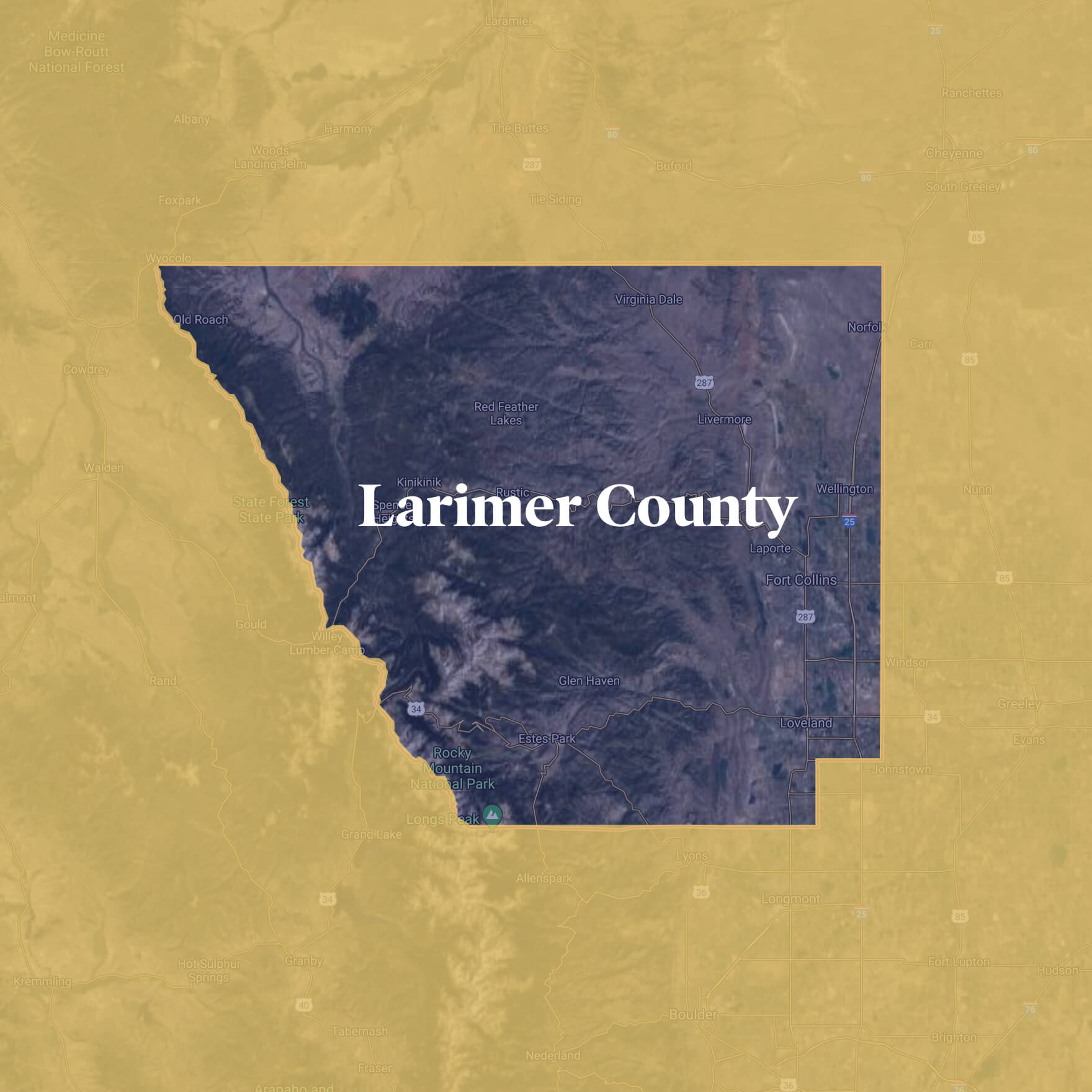Kelsey Lyon
Larimer County Department of Health & Environment
Health Planning & Partnership Supervisor

The Colorado Equity Compass provides organizations and individuals with the data storytelling resources they need to improve health equity in their communities. For more information see our Data Storytelling Guide
The following 6 steps show how to bring data storytelling to life.
Larimer County faces four, interconnected challenges: housing affordability, transportation, social isolation and childcare. With housing costs rising, many residents are becoming housing cost-burdened. Also, because Larimer County includes a number of rural communities, many families struggle to access support services, like childcare. Lack of transportation exacerbates this issue, contributing to social isolation.

Larimer County Health Department and Healthy Larimer Committee set out with a goal to educate the community about health equity issues and disparities and to encourage a sense of belonging and trust across communities. Their area of focus was to take a place-based approach to address the social determinants of health that exists at the neighborhood level. Their top priority was to understand the root causes of health challenges and to use the information to drive decision-making about program selection and funding.
3. Existing Data
Data for their sub-populations were often too small to capture in a simple random sample. They were also experiencing other barriers to collecting data, such as some people being oversampled while relationships have not been built with hard-to-reach populations.
4. Data Gaps
Radian acknowledged that when they use shared data from other organizations, it is hard to know if the survey data accurately represents the entire community or only populations that are easy to access within their time and resource constraints. One of the biggest challenges is considering how not to over-survey and exhaust under-resourced communities. Radian also did not have formal data sharing agreements, which would be helpful for collaborative work in the community and reducing overlaps in data collection.
5. Meaning of the Data
The Larimer County group used social determinants of health data to present several trainings to their community leaders and residents, including members of the Healthy Larimer Committee. Training topics included: health equity 101, equity in data governance, mission and vision building, and how to engage diverse stakeholders. These trainings were designed to address their project goal of educating the community about health equity issues to inspire community-led action.
6. Engaging Stories
Anecdotal stories collected by the Larimer County Health Department showed that trust had been broken between the department and communities due to past negative experiences. As such, in order to collect data and stories going forward, the department needed to focus on reconnecting with its residents and developing authentic community relationships. A first step was to reach out to organizations in the community.
7. Data Storytelling
Larimer County did not establish a data storytelling platform, but the equity trainings are available in the CEC Resource Library.